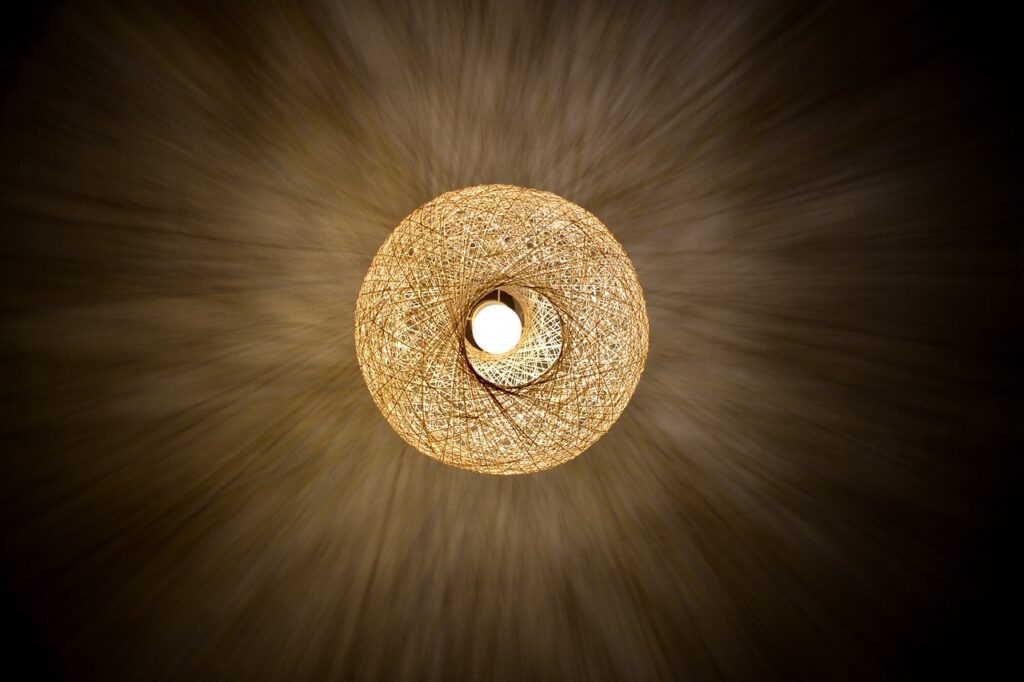It’s a habit we’ve all been guilty of—leaving the lights on when we walk out of a room. Whether it’s a hallway light, a small bedside lamp, or even a kitchen light left on for “just a minute,” those forgotten bulbs can quietly drive up your energy bills. With electricity costs rising, being mindful about turning off lights when they’re not in use is a simple yet effective way to cut energy expenses. Plus, it’s a great step toward reducing your environmental footprint. In this blog, we’ll explore how turning off lights can save you money and share some tips on how to remember to do it consistently.
Why Turning Off Lights Saves Money
Every time you leave a light on, you’re using electricity—whether you need it or not. It may seem like a small action, but the savings add up over time, especially when you consider how often we tend to leave lights burning unnecessarily.
Here are some key reasons why turning off lights is beneficial for your wallet and the environment:
- Reduced Energy Consumption
Lighting accounts for a significant portion of a household’s energy use, with the U.S. Energy Information Administration (EIA) estimating that lighting makes up around 10-15% of the average home’s energy bill. The longer a light remains on, the more energy it consumes, resulting in higher electricity bills. By turning off lights when you don’t need them, you can reduce your energy consumption and, ultimately, your costs. - Lower Electricity Bills
The financial benefits of turning off lights can be quite significant over time. Even small lamps or bulbs contribute to your electricity usage. For example, leaving a 60-watt incandescent bulb on for 10 hours a day can add around $2.50 to your monthly energy bill for just that one light. Multiply that by several bulbs throughout the home, and the extra costs quickly accumulate.
Switching to energy-efficient LED bulbs can reduce this cost, but the basic principle remains the same: the less often you use them, the more you save.
- Extended Bulb Life
Turning off lights when not in use also extends the lifespan of your bulbs, which means fewer replacements and lower maintenance costs over time. Even though LED and CFL bulbs are designed to last longer, their life is still influenced by how frequently they are used. The less often they are left on, the longer they’ll last, saving you money on replacement bulbs in the long run. - Environmental Impact
Every kilowatt-hour of electricity you save by turning off lights means fewer carbon emissions from power plants, especially if your electricity comes from non-renewable sources like coal or natural gas. Reducing energy use helps lessen your carbon footprint, making your home more environmentally friendly. While one light may not seem like it makes a big difference, collectively, these small actions add up to significant environmental benefits.
Simple Strategies to Help You Remember to Turn Off Lights
It’s easy to forget about lights, especially if you’re rushing from one task to the next. Fortunately, there are plenty of strategies and tools to help make it easier to remember to flip the switch.
- Create a Habit with Reminders
Forming the habit of turning off lights starts with awareness. You can set small reminders for yourself to check the lights as you leave a room. Try placing a sticky note near doorways or light switches with a simple message like, “Lights Off?” It might sound trivial, but these little prompts can serve as quick visual reminders to help you build the habit.
For the more tech-savvy, you can set reminders on your phone or use apps designed to help you form habits, sending push notifications to remind you to check the lights at specific times of day, like when you leave for work or go to bed.
- Install Motion Sensors
One of the easiest ways to ensure that lights turn off when no one is using a room is to install motion sensors. These sensors detect movement in a room and automatically turn the lights on when someone enters, then turn them off after a set period of inactivity. They’re perfect for rooms where you tend to forget to turn off the lights, like hallways, bathrooms, or garages. Motion-sensor lighting is energy-efficient, convenient, and eliminates the need to remember to flip a switch. - Use Smart Light Bulbs
Smart lighting is another excellent solution for energy savings. Smart bulbs can be controlled remotely using a smartphone app, voice commands, or even through automation settings. If you forget to turn off the lights before heading to bed or leaving the house, you can easily check and control the lights from your phone.
Many smart home systems also allow you to schedule when lights turn on and off. This can be especially useful for outdoor lighting or for creating a routine to ensure all lights are off at night.
- Adopt “Last One Out” Routine
If you live with others, encourage everyone in the household to adopt a “last one out” rule. Whether it’s leaving a room or leaving the house, the last person to exit should make a quick scan to turn off any unnecessary lights. Making it a collective effort ensures that everyone is mindful of energy use and not just one person taking responsibility.
You can even turn it into a game with kids, offering small incentives or rewards for whoever remembers to turn off the most lights in a day. Teaching children early on about energy conservation helps create lifelong habits.
- Group Lights Together
If you have multiple lamps or lights in a room, consider grouping them together on the same power strip or installing a multi-light switch. This way, you can turn off several lights at once with a single flip of the switch or push of a button. It simplifies the process and makes it less likely that you’ll forget to turn off individual lights. - Utilize Natural Light
Maximize your use of natural light during the day to reduce your reliance on artificial lighting. Open curtains and blinds to let in sunlight, which can help light up your home without using any electricity. By strategically positioning furniture near windows, you can enjoy more daylight for reading, working, or relaxing without needing to turn on a lamp. - Consider Dimmers
Installing dimmer switches is a great way to reduce energy usage without completely turning off the lights. Dimmers allow you to adjust the brightness of your lights, meaning you can lower the intensity in the evening or when full brightness isn’t necessary. This not only saves energy but also extends the life of your bulbs.
Final Thoughts
Turning off lights when they’re not in use may seem like a small action, but it’s one of the easiest ways to save money on your energy bills and reduce your environmental impact. With a little mindfulness and a few helpful strategies, you can make turning off lights a habit in no time. Whether you use simple reminders, invest in smart lighting technology, or install motion sensors, there are plenty of ways to ensure that you’re not wasting energy (and money) on unnecessary lighting. Plus, with the rising costs of electricity, every little bit of savings counts!
So, the next time you leave a room, remember: flipping that switch off is a simple way to keep your energy costs low and do your part for the planet.

